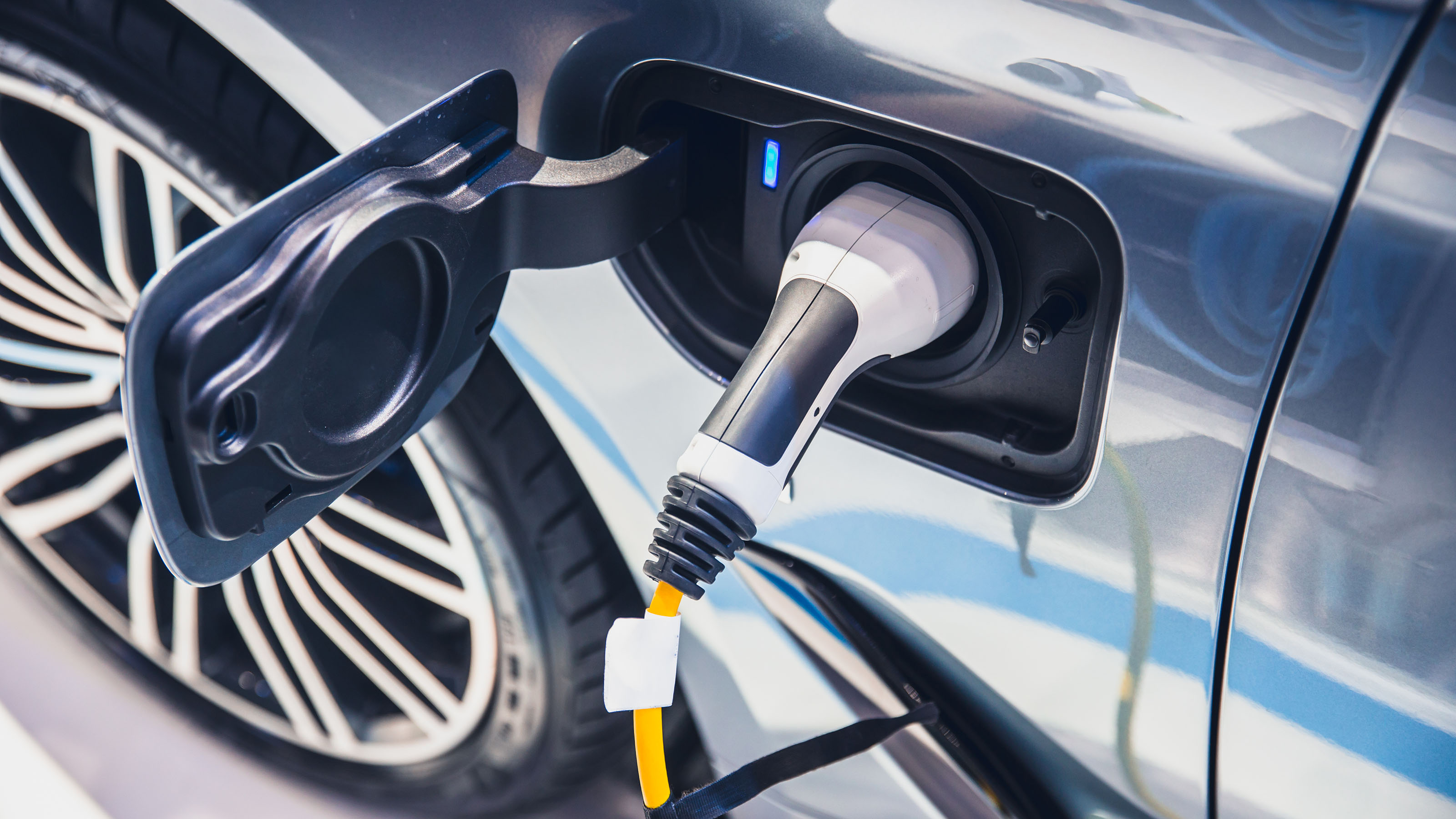
Eagerly anticipated federal guidance on the EV tax credit released Friday, will ultimately limit which electric vehicles qualify for the $7,500 tax credit under the Inflation Reduction Act (IRA). The proposed rules set out requirements for critical minerals and battery components that must be met for an EV or “clean vehicle” to qualify for the full $7,500 tax credit. Vehicles that don’t meet all of the requirements, could end up being eligible for only half the tax credit ($3,750), or in some cases, no credit at all.
The Treasury Department, in a statement, described the clean vehicle guidance as “an important step that will help consumers save up to $7,500 on a new clean vehicle and hundreds of dollars per year on gas, while creating American manufacturing jobs and strengthening our energy and national security.”
However, for now, the proposed rules leave some key questions unanswered for both manufacturers and consumers (like which vehicles will qualify for the credit after April 17). Meanwhile, Sen. Joe Manchin (D-WV), who recently threatened to sue the Treasury over the implementation of the EV tax credit, again expressed concern that the clean vehicle rules provide too much flexibility for overseas manufacturers.
“It is horrific that the [Biden] Administration continues to ignore the purpose of the law which is to bring manufacturing back to America and ensure we have reliable and secure supply chains,” Manchin said in a statement regarding the proposed rules, and the IRA.
Note: The Inflation Reduction Act — massive climate, energy, tax and healthcare legislation — was passed along Democratic party lines last year. The law contains billions of dollars in clean energy tax incentives.
What are the New EV Credit Sourcing Rules?
Under the IRA, the maximum clean vehicle credit is $7,500 per vehicle, but half that amount applies to vehicles that meet critical mineral component requirements. The other half applies to vehicles that meet battery component requirements. Vehicles that meet both battery and critical mineral requirements would qualify for the full EV tax credit for 2023.
- Critical Mineral Requirement. This year, 40% of the critical minerals contained in a credit-eligible EV battery need to be extracted or processed in the U.S. or a free trade country, or recycled in North America. The applicable percentages would go up by 10% each year after 2023, until 2027, when the applicable percentage would reach 80%.
- Battery Component Requirements. The component portion of the EV tax credit equation also increases over time. The applicable percentage of the battery required to be sourced in North America for purposes of the tax credit, starts at 50% this year. Each year after, the percentage would incrementally increase, and ultimately reach 100% by 2029.
The critical minerals and battery guidance released March 31 by the IRS are proposed rules. There is a 60-day public comment period before the rules become final. However, the battery and critical mineral component requirements will apply as of April 18, 2023. Those arguably stricter component rules mean that after April 17, fewer electric vehicles will qualify for the full $7,500 tax credit than qualify now.
Manchin Threatens Legal Action
Sen. Manchin has said that he wants the U.S. to be less reliant on China for its supply of electric vehicles. The senator reportedly saw the North America assembly requirements in the Inflation Reduction Act as a way to help ensure that overseas manufacturers wouldn’t benefit from EV tax incentives that were designed to boost U.S. manufacturing of electric vehicles.
The EU, South Korea, and other overseas manufacturers have expressed concern about the potential limiting impact of North American final assembly rules, But Manchin believes that the EV credit rules are too flexible, saying in a statement that, “American tax dollars should not be used to support manufacturing jobs overseas.”
Is it Worth It to Buy an EV?
The IRS said that an updated list of electric vehicles that qualify for the tax credit after April 17, will be available on April 18. (That also happens to be Tax Day 2023 — when most federal income tax returns are due).
However, at this moment, it’s difficult to know for sure which electric vehicles will, or won’t, qualify for the full EV tax credit. But between now and April 17, electric vehicles that are currently eligible for the full credit are listed on the IRS website.
If you’re in the market for an electric car or EV SUV this year and hope to get a tax break on the purchase, keep an eye on the IRS list of qualifying vehicles after April 17. That list will change as time goes on and your favorite EV might not be eligible for the full tax credit. Stay tuned to Kiplinger.







